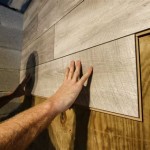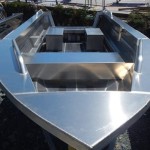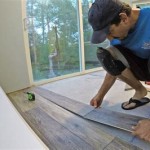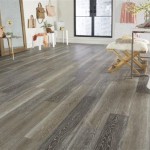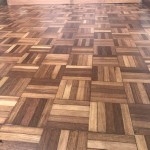Floating Engineered Flooring On Concrete: Essential Aspects
Floating engineered flooring has gained popularity as a durable and stylish flooring option for concrete subfloors. Its installation process involves assembling planks that float over an underlayment, eliminating the need for nails or glue. However, proper installation is crucial to ensure the floor's longevity and performance. Here are the essential aspects to consider when installing floating engineered flooring on concrete:
1. Moisture Control
Concrete subfloors are prone to moisture issues, which can damage flooring. Ensure the concrete is completely dry before installing flooring by using a moisture meter. If the moisture level exceeds the manufacturer's recommendations, consider installing a vapor barrier to prevent moisture migration.
2. Flat and Level Subfloor
Floating engineered flooring requires a flat and level subfloor for proper installation. If the concrete subfloor is uneven, it can cause the flooring to buckle or crack. Use a leveling compound to smoothen out any imperfections and create a stable base.
3. Underlayment
An underlayment is a crucial component that provides moisture protection, sound insulation, and a smooth surface for the flooring. Choose an underlayment specifically designed for concrete subfloors and floating engineered flooring. It should have a moisture barrier and be at least 6mm thick.
4. Expansion Gap
Floating engineered flooring expands and contracts with changes in temperature and humidity. To prevent buckling, leave an expansion gap around the perimeter of the room and around fixed objects. Use spacers to maintain a consistent gap of about 1/4 inch.
5. Installation Method
Floating engineered flooring is typically installed using a tongue-and-groove system. Start by installing the first row of planks along one wall, leaving the expansion gap. Continue adding rows by fitting the tongues into the grooves. Use a tapping block and a hammer to firmly connect the planks.
6. Transition Moldings
Where the flooring meets other surfaces, such as doorways or different flooring materials, transition moldings are used to create a smooth and finished look. Choose moldings that match the flooring color and style.
7. Maintenance and Care
To maintain the beauty and longevity of floating engineered flooring, regular cleaning and maintenance are essential. Use a microfiber mop and a cleaning solution recommended by the manufacturer. Avoid using harsh chemicals or abrasive materials that can damage the finish.
Conclusion
Installing floating engineered flooring on concrete requires careful attention to essential aspects such as moisture control, a flat subfloor, a suitable underlayment, expansion gaps, and proper installation. By following these guidelines, you can create a durable and stylish flooring solution that will enhance the appearance and functionality of your space.

Installing Wood Flooring Over Concrete Diy

Floating Floors Vs Non What Gives

How To Install A Hardwood Floating Floor

Floating Wood Floors Over Concrete Expert Guide For Northwest Ga Homes

What Is A Floating Floor Pros And Cons 50floor

Installing Engineered Hardwood On Concrete Villagio Guide

Floating A Wood Floor Hardwood Floors

Installing Engineered Hardwood On Concrete Twenty Oak

Pickndecor Com Floating Hardwood Floor Best Wood Flooring Laying Floors

What Is A Floating Floor Pros And Cons Esb Flooring
Related Posts


